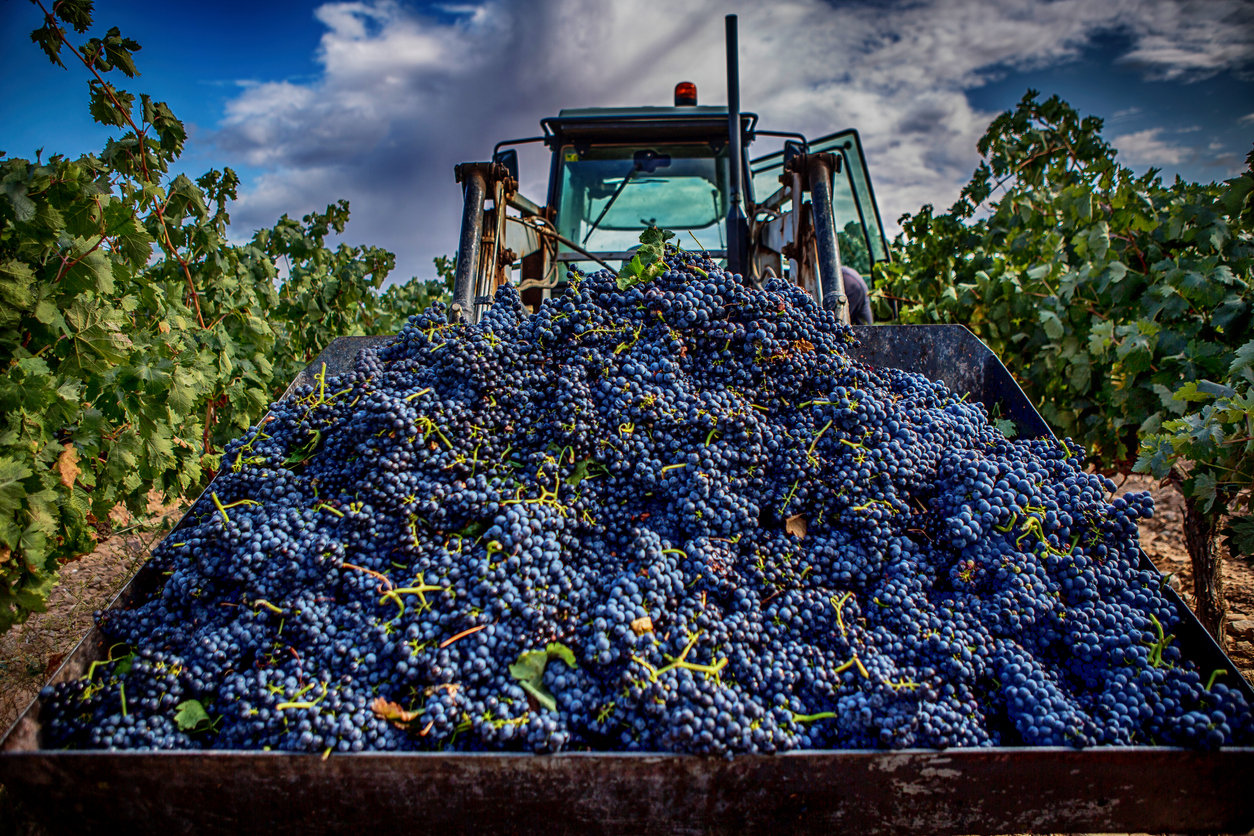The grape growing tradition had been brought to Crimea by the first Greek settlers who came to the peninsula in the 5th century B.C. Wine (especially when watered down) was a very important element of the Ancient diet since it helped digesting the food. The tradition of grape growing in Crimea died down after the 15th century Ottoman invasion. Once the peninsula was occupied by the Ottoman Empire, it became a part of the Muslim civilisation that prohibits wine production and drinking. However, this did not destroy the grape growing culture; only now, grape was used to make raisins.

The revival of winemaking in Crimea happened in the 19th century when the peninsula became a part of the Russian Empire. It was then when Crimea formed several terriors for the production of different types of wine – dry, sparkling, port.
In the Soviet times, the winemaking culture became more primitive to the point that, at the end of the 1980s, a significant part of the vineyards was destroyed as part of the anti-drinking campaign.
Today, the Crimean winemaking culture is enjoying a true renaissance. New terriors are being created, for instance, the one in Sevastopol. The soil in this area that was once nothing but a war zone happens to be ideal for growing the types of grape used in dry wine production. The south coast of Crimea is better suited for the production of port; the best kinds of sparkling wine are produced on the East coast of the peninsula.